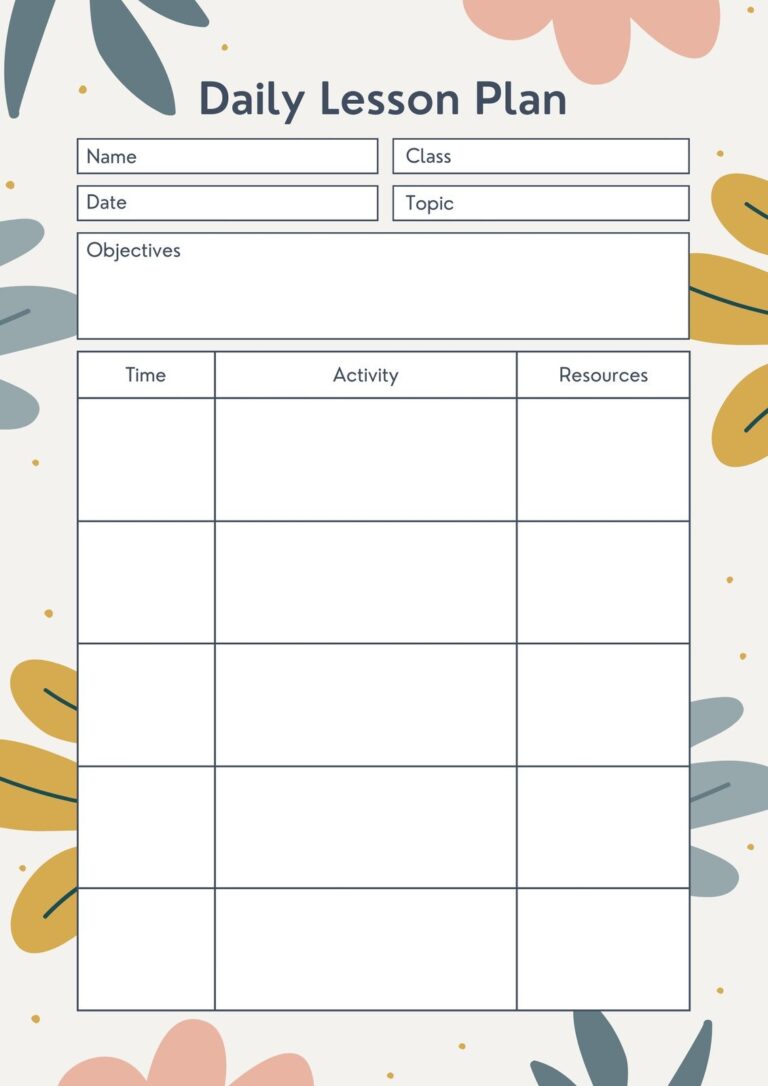Free Nelson Cursive Handwriting Worksheets + PDF
Instructional materials designed to facilitate the learning and practice of a specific style of script are valuable resources. These resources typically contain exercises and templates intended to guide learners through the formation of letters and the connection of those letters into words and sentences, all while adhering to the rules of a particular handwriting method. These printed or digital documents provide structure and repetition to aid in the development of legible and fluent penmanship.
The consistent practice fostered by such materials offers multiple benefits. Improved handwriting legibility enhances communication clarity. Developing a fluid and consistent script can also increase writing speed. Furthermore, the structured practice can aid in the development of fine motor skills, particularly important for younger learners. Historically, a standardized approach to handwriting was considered essential for effective business communication and record-keeping.
The following sections will delve into the key features that contribute to the effectiveness of these instructional resources, explore their application across different educational contexts, and consider factors to assess their suitability for individual learning needs. These topics are essential for educators and learners alike.
Frequently Asked Questions
This section addresses common inquiries regarding the use and application of instructional documents designed to teach a specific style of script. Clarification of terminology and effective implementation strategies are provided.
Question 1: What are the primary benefits of utilizing these materials for handwriting instruction?
Consistent engagement with structured exercises enhances letter formation accuracy and consistency, promoting legibility. Such practice also contributes to improved writing fluency and the development of fine motor skills essential for handwriting proficiency.
Question 2: Are these resources suitable for all age groups and learning levels?
While these resources are often used in primary education, adaptations can make them suitable for older learners or individuals with specific handwriting needs. Careful consideration of the learner’s current skill level and learning goals is crucial for optimal implementation.
Question 3: How can educators effectively integrate these materials into their handwriting curriculum?
Effective integration requires careful planning and thoughtful lesson design. Educators should supplement the exercises with demonstrations, individualized feedback, and opportunities for creative writing practice to reinforce learning and promote engagement.
Question 4: What are the key features to consider when selecting appropriate instructional documents?
Factors such as clear instructions, well-defined letter models, and appropriate spacing are essential. Additionally, the materials should provide opportunities for progressive skill development and incorporate visual cues to aid in letter formation.
Question 5: Are there alternative resources available for handwriting practice beyond traditional printed documents?
Digital applications and interactive software offer alternative avenues for handwriting practice. These tools often provide real-time feedback and adaptive learning experiences, catering to individual learning styles and preferences.
Question 6: How can progress in handwriting skills be effectively monitored and assessed?
Regular observation of handwriting samples, comparison against established benchmarks, and individualized feedback are crucial for monitoring progress. Standardized handwriting assessments can provide a more objective measure of skill development.
In summary, the effective utilization of structured exercises and related resources can significantly enhance handwriting skills. Educators and learners should carefully consider individual needs and learning goals to maximize the benefits of these instructional materials.
The next section will explore the historical context and evolution of handwriting instruction methodologies.
Instructional Resource Utilization
This section outlines practical advice for maximizing the efficacy of materials designed to teach a specific style of script.
Tip 1: Consistent Practice is Paramount: Regular, dedicated practice sessions are essential for developing muscle memory and reinforcing correct letter formations. Short, frequent sessions are generally more effective than infrequent, lengthy ones.
Tip 2: Focus on Proper Posture and Grip: Maintaining correct posture and a comfortable grip on the writing instrument are crucial for preventing fatigue and promoting fluid movement. Pay close attention to hand position and arm support.
Tip 3: Emphasize Letter Formation Accuracy: Prioritize the accurate formation of individual letters before focusing on speed. Meticulous attention to detail in letter shapes and connections is fundamental for legibility.
Tip 4: Utilize Visual Aids Effectively: Employ visual aids, such as exemplar charts or demonstrations, to reinforce correct letter formations and connections. Consistent reference to visual models aids in accurate reproduction.
Tip 5: Provide Constructive Feedback: Timely and specific feedback is crucial for identifying and correcting errors. Focus on providing positive reinforcement for correct formations and offering targeted suggestions for improvement.
Tip 6: Vary Practice Activities: Incorporate a variety of practice activities, such as copying sentences, writing short paragraphs, or transcribing passages, to maintain engagement and promote skill development.
Tip 7: Track Progress and Set Goals: Regularly assess handwriting samples to monitor progress and identify areas needing improvement. Setting specific, measurable, achievable, relevant, and time-bound (SMART) goals provides motivation and direction.
Effective implementation requires a commitment to consistent practice, meticulous attention to detail, and thoughtful feedback. Following these guidelines will enhance the learning experience and promote significant improvements in handwriting proficiency.
The subsequent section will provide a comprehensive summary of the key themes and insights presented throughout this article.
Conclusion
This exploration of nelson cursive handwriting worksheets has highlighted their role in handwriting instruction. Their structured approach facilitates the development of foundational skills, encompassing letter formation, consistency, and legibility. The consistent use of these resources can lead to improved handwriting fluency and enhanced fine motor skills, benefiting learners across various age groups and educational settings.
The careful selection and effective integration of nelson cursive handwriting worksheets, coupled with consistent practice and constructive feedback, are crucial for optimal outcomes. Continued emphasis on these methodologies remains vital for promoting clear communication and preserving the significance of legible handwriting in an increasingly digital world.
